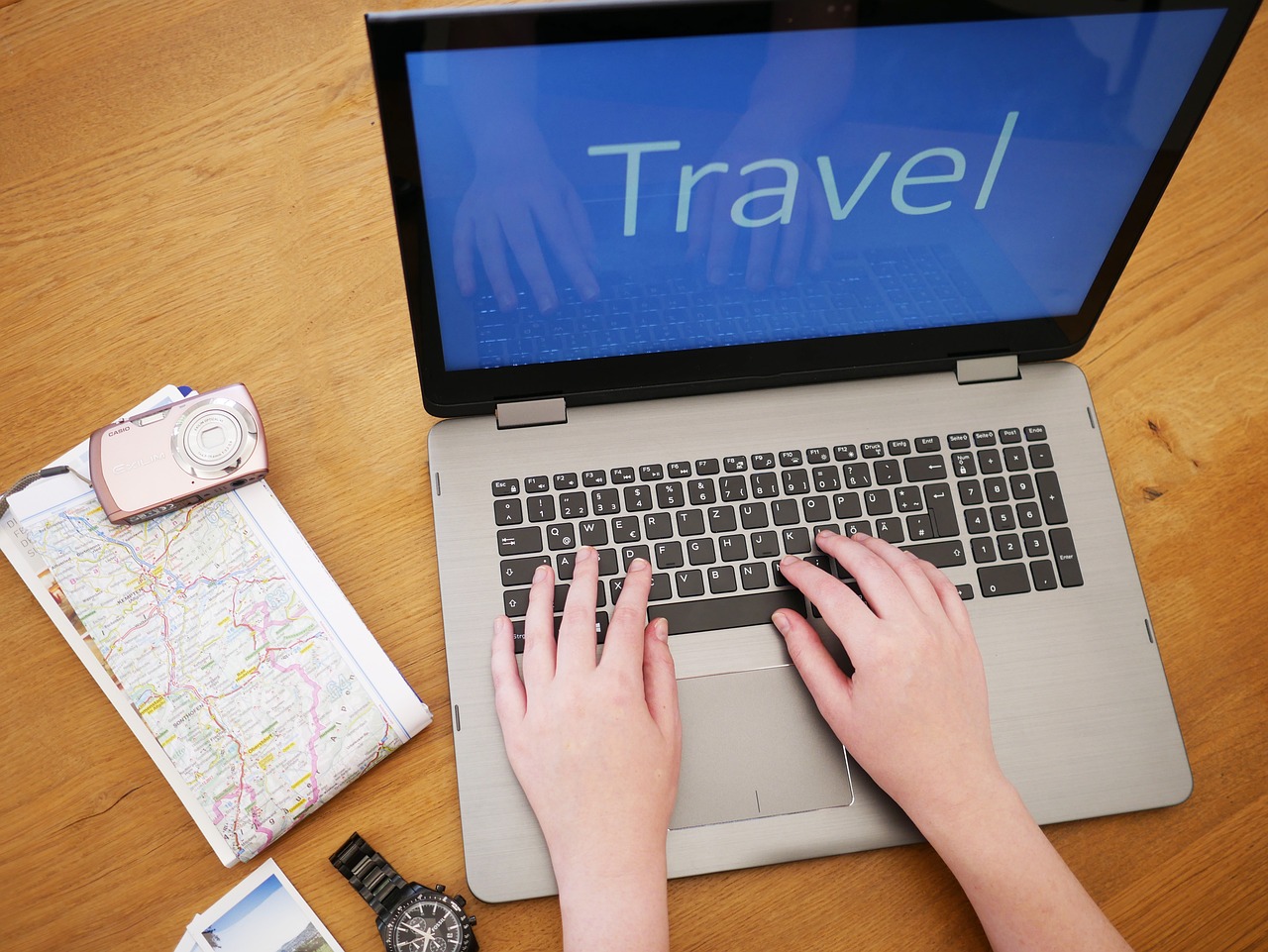Japan Travel Budget Guide 2024: Planning a trip to Japan? Understanding your travel budget is key to ensuring a smooth journey. This comprehensive guide will break down the various expenses for traveling in Japan, helping you make informed choices based on your budget, whether you’re a backpacker or a luxury traveler.
Daily Budget Overview
Depending on your travel style, the daily budget for a single traveler in Japan is roughly as follows:
- Low Budget: 4,500 – 7,800 yen
- Medium Budget: 7,800 – 18,500 yen
- High Budget: Over 18,500 yen
For two travelers, the budget is approximately double. Note that these figures don’t include transportation costs or potential accommodation rate increases during peak seasons.
Accommodation Costs Explained
Budget Options (3,000 – 5,000 yen/night)
- Hostels and dormitory-style accommodations
- Capsule hotels
- Shared rooms on Airbnb
- Budget deals on platforms like Hostelworld
- Basic ryokans in some areas
Pros: Economical, good for socializing Cons: Less privacy, potentially basic facilities
Mid-range Options (6,000 – 12,000 yen/night for single, 8,000 – 15,000 yen/night for double)
- Business hotels (e.g., Toyoko Inn, APA Hotels)
- Traditional minshuku (family-run B&Bs)
- Budget-friendly ryokans
- Special packages at some resorts
Pros: Better privacy, more amenities Cons: Rooms might be small, locations may not be central
High-end Options (Over 12,000 yen/night)
- Upscale business hotels
- Western-style chain hotels (e.g., Hilton, Marriott)
- Luxury ryokans with meals included (15,000 – 30,000 yen/person/night)
- 4-5 star hotels (25,000 – 50,000 yen/night)
- Luxury resorts
Pros: High comfort, excellent service, usually prime locations Cons: Expensive
Food Expense Guide
Breakfast
- Budget (500 yen):
- Convenience store items (onigiri, sandwiches)
- Fast food breakfast sets (e.g., McDonald’s, Yoshinoya)
- Bakeries
- Mid-range (500 – 1,000 yen):
- Coffee shop breakfast sets
- Japanese-style breakfast restaurants
- Simple hotel breakfasts
- High-end (Over 1,000 yen):
- Hotel buffet breakfasts
- Upscale cafes
- Specialty breakfast restaurants
Lunch
- Budget (500 – 800 yen):
- Convenience store bento boxes
- Fast food chains (e.g., Yoshinoya, Matsuya)
- Noodle shops (e.g., conveyor-belt sushi, ramen shops)
- Mid-range (800 – 1,500 yen):
- Lunch specials at restaurants
- Cafeteria-style restaurants
- Mid-range Japanese eateries
- High-end (Over 1,500 yen):
- Fine dining lunch courses
- Specialty theme restaurants
- Michelin-recommended restaurants
Dinner
- Budget (500 – 1,000 yen):
- Convenience store ready meals
- Fast food restaurants
- Simple dishes at izakayas
- Mid-range (1,000 – 2,500 yen):
- Regular restaurants
- Department store restaurants
- Izakayas (Japanese pubs)
- High-end (Over 2,500 yen):
- Fine dining (sushi, kaiseki, teppanyaki)
- Specialty restaurants (e.g., robot restaurants, themed dining)
- Michelin-starred establishments
Sightseeing Expenses
- Budget (0 – 500 yen):
- Free attractions (e.g., Meiji Shrine, Senso-ji Temple)
- Parks and gardens
- Free days at some museums
- Mid-range (500 – 2,000 yen):
- Famous temples (e.g., Kinkaku-ji, Kiyomizu-dera)
- Museums and art galleries
- Historical sites and castles
- High-end (Over 2,000 yen):
- Specialty museums (e.g., Ghibli Museum)
- Theme parks (e.g., Tokyo Disneyland, Universal Studios Japan)
- Unique experiences (e.g., sumo tournaments, tea ceremonies)
Transportation Tips
- JR Pass (Japan Rail Pass):
- Ideal for long-distance travel and multi-city trips
- Available in 7, 14, and 21-day options
- Must be purchased before arriving in Japan
- Regional transit cards:
- E.g., Pasmo in Tokyo, ICOCA in Osaka
- Usable on metros, buses, and some stores for payment
- Overnight buses:
- Economical, saves a night’s accommodation
- Less comfortable, book in advance
- Domestic flights:
- Can be cheaper than shinkansen for long distances
- Look for LCC (Low-Cost Carrier) deals
- Bicycle rentals:
- Some cities offer public bike-sharing systems
- Great for short-distance sightseeing, experiencing local life
Money-Saving Tips
- Opt for convenience store meals occasionally
- Take advantage of lunch specials at restaurants
- Seek out free attractions and activities
- Purchase transit passes
- Avoid peak tourist seasons (e.g., Golden Week, cherry blossom season)
- Use credit card points for flights or accommodations
- Check discount websites (e.g., Japanese version of Groupon)
- Consider accommodations with breakfast included
- Use comparison websites to find the best prices
- Join free walking tours
Seasonal Considerations
- Cherry Blossom Season (Late March-Early April): Accommodation costs can double
- Golden Week (Late April-Early May): National travel peak, prices increase
- Obon Festival (Mid-August): Busy travel period, transport congestion
- Autumn Foliage Season (October-November): Accommodation costs rise in some areas
- New Year (Late December-Early January): Many facilities closed, but special events available
Japan Travel Budget Guide 2024 Conclusion
Japan is a destination that caters to all budget types. Whether you’re a budget-conscious backpacker or a traveler seeking luxury experiences, you’ll find options to suit your needs. By planning wisely and utilizing the tips provided in this guide, you can fully enjoy your trip to Japan while staying within your budget. Remember, the most precious travel experiences often come from interactions with local culture and people, not just high-end consumption. Wishing you an unforgettable journey in Japan!
For more information, visit https://www.japan.travel/
